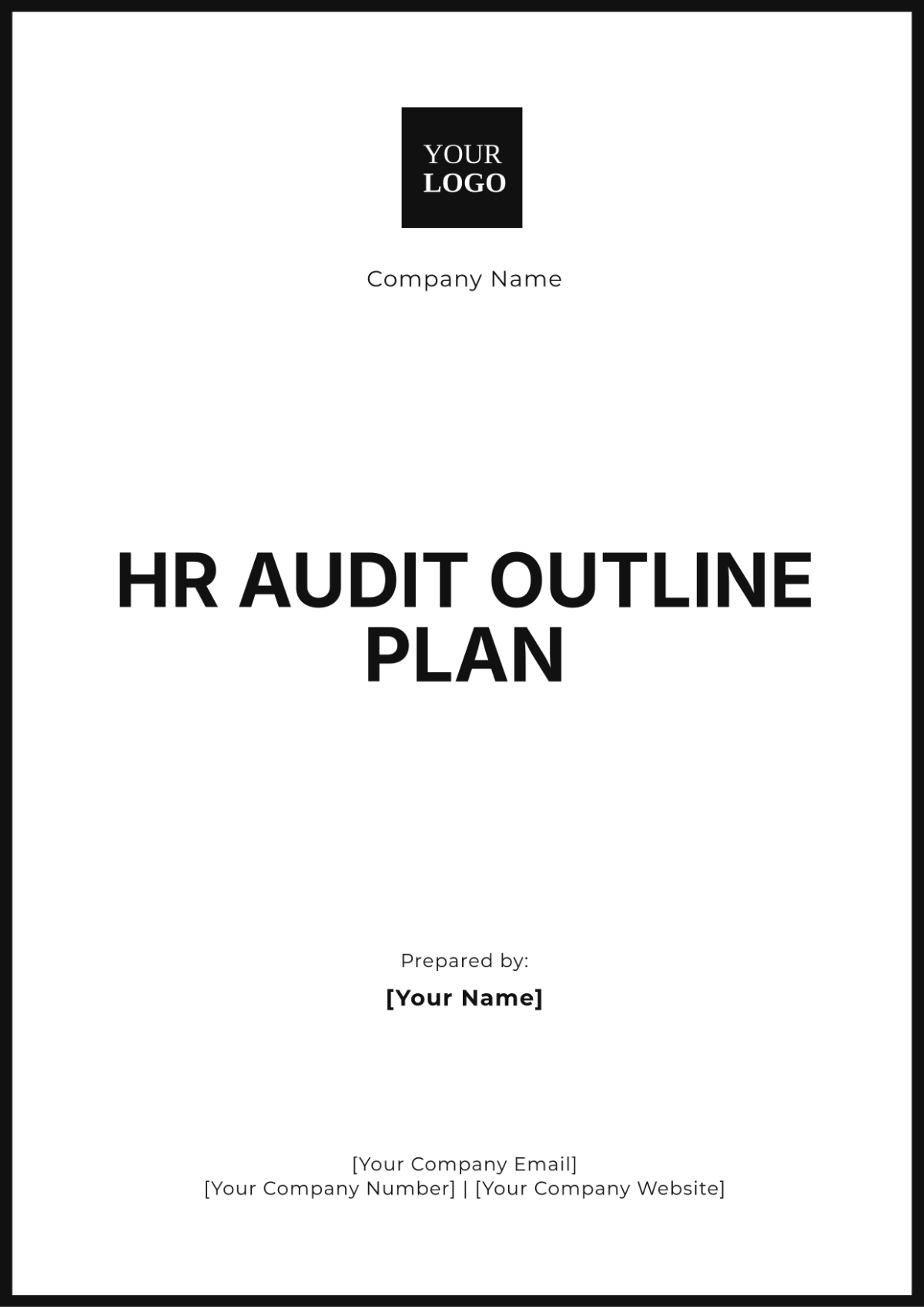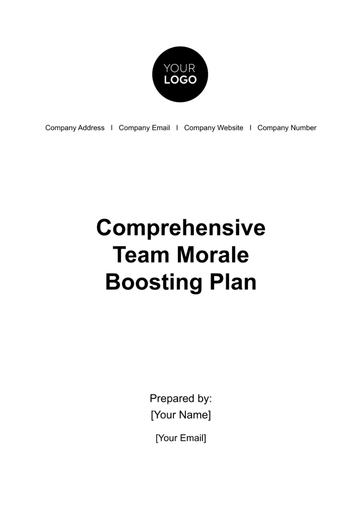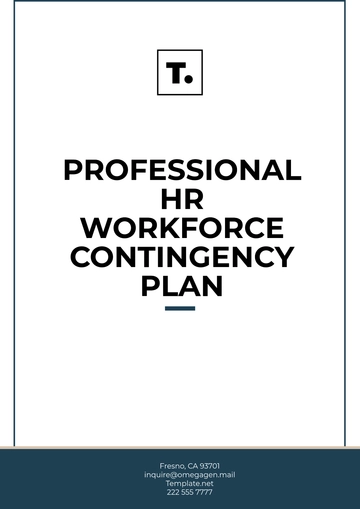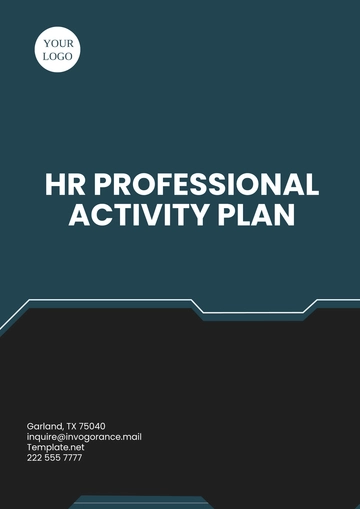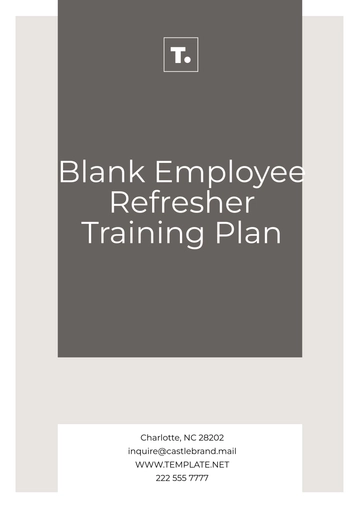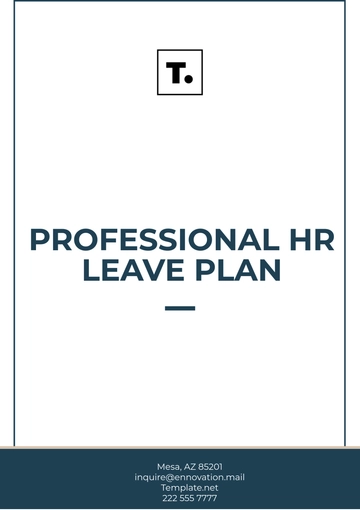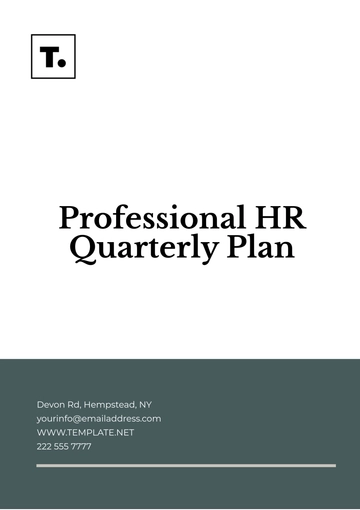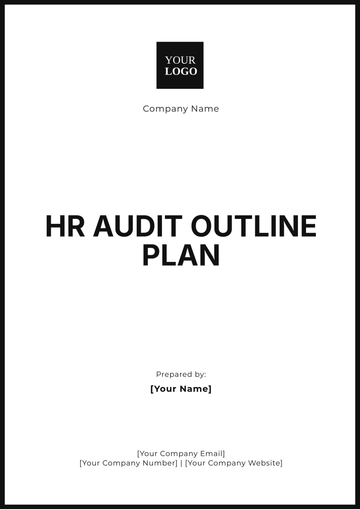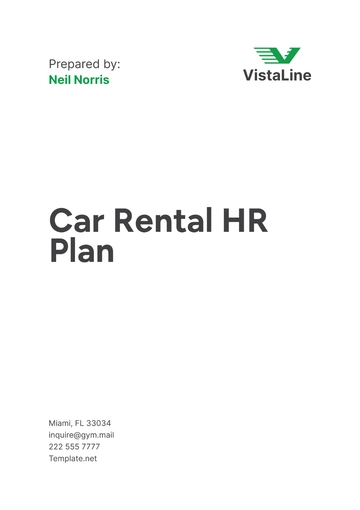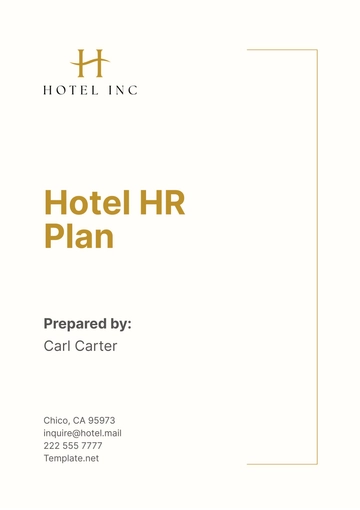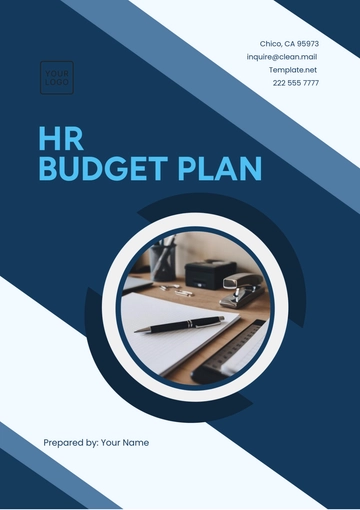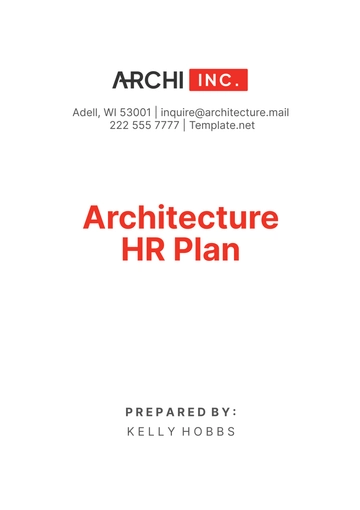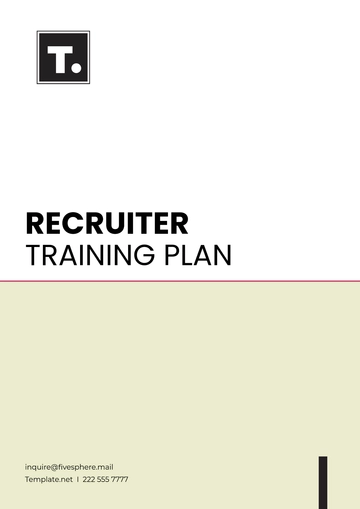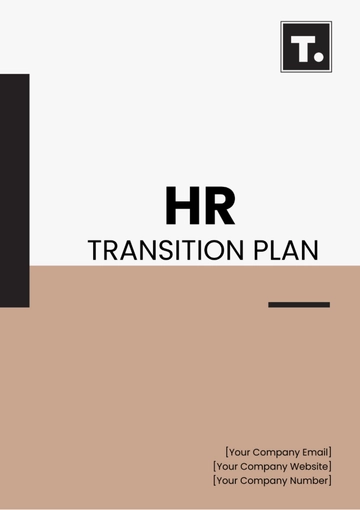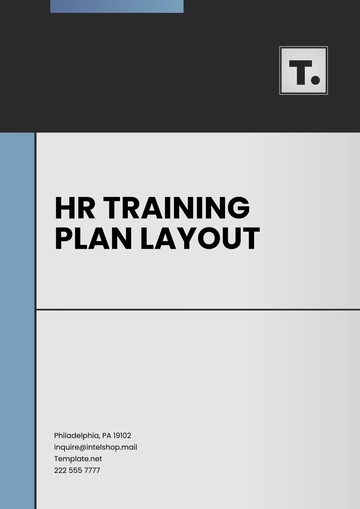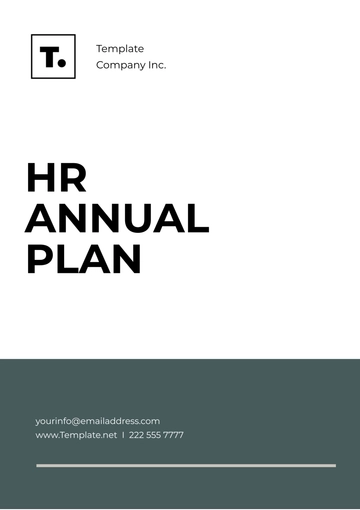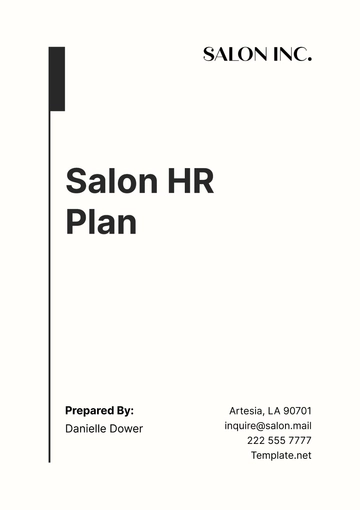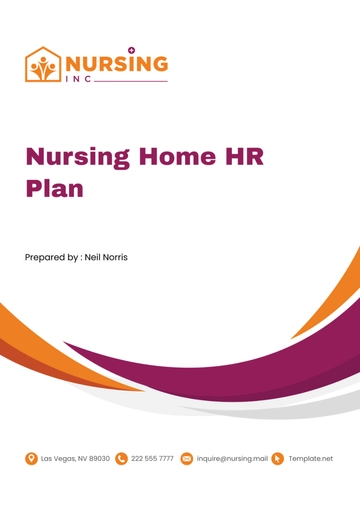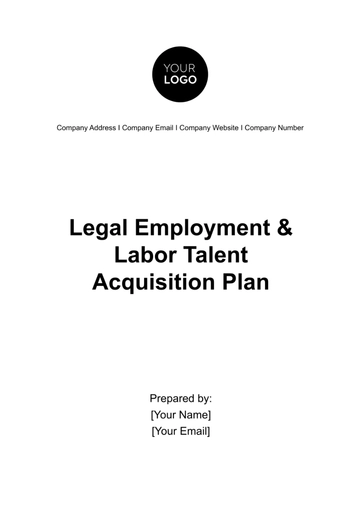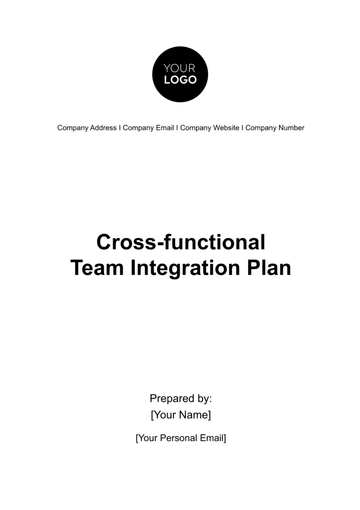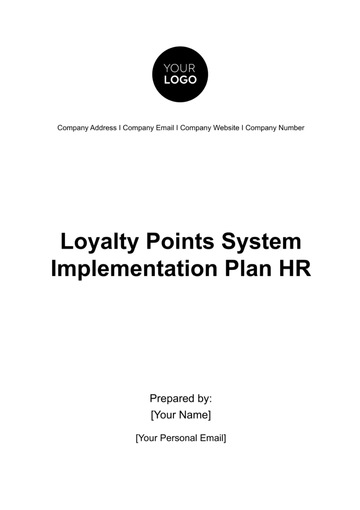HR Audit Outline Plan
I. Introduction
A Human Resources (HR) audit is a comprehensive method to review current HR policies, procedures, documentation, and systems. This process identifies needs for improvement and enhancement within HR functions and ensures compliance with regulations and policies.
II. Objectives of the HR Audit
The main objectives of conducting an HR audit include:
Assessing compliance with employment laws and regulations
Identifying gaps in existing HR policies and practices
Enhancing HR management and performance
Identifying strategic opportunities for organizational improvement
A. Compliance
This section evaluates how well the organization's HR functions adhere to applicable laws and regulations such as labor laws, health, and safety requirements.
B. Efficiency and Effectiveness
Assessing whether the HR processes and practices are conducted efficiently and contribute to organizational goals.
C. Strategic Alignment
Evaluating how HR aligns with broader organizational strategy and how it contributes to the achievement of business objectives.
III. HR Audit Process
The HR audit process involves a series of steps to systematically review and evaluate the human resources functions.
A. Preparation
Define the scope and objectives of the audit
Assemble an audit team
Develop an audit plan and schedule
B. Data Collection
Gather relevant documentation and data
Conduct interviews and surveys with key stakeholders
C. Analysis
Compare data against benchmarks and standards
Identify areas of non-compliance and opportunities for improvement
D. Report Preparation
Summarize findings and provide recommendations
Prepare a final report to present to top management
E. Action Plan Development
Based on the audit findings, prepare an action plan with recommendations, prioritization, timelines, and responsibilities for implementing changes.
IV. Key Areas for HR Audit
These areas should be routinely reviewed during an HR audit for comprehensive coverage:
A. Recruitment and Selection
Aspect | Description |
|---|
Job Advertisements | Evaluate processes for job postings and advertisements for consistency and non-discrimination. |
Interview Procedures | Review interview guidelines to ensure fairness and compliance. |
B. Training and Development
Aspect | Description |
|---|
Training Programs | Analyze the effectiveness of training programs and their alignment with organizational goals. |
Skills Assessment | Examine the methods for assessing employee needs for further training or education. |
C. Performance Management
Review the performance appraisal systems to ensure fairness, objectivity, and alignment with business objectives.
D. Compensation and Benefits
Analyze compensation structures and benefit programs to evaluate competitiveness and compliance with legal standards.
V. Conclusion
An HR audit is a valuable tool for ensuring compliance, enhancing efficiency, and aligning HR practices with strategic goals. By following a structured approach, organizations can identify strengths and areas for development within their HR functions for optimized performance.
Plan Templates @ Template.net
